Tomato paste forms an essential ingredient in various culinary preparations, renowned for its rich flavor and dense consistency. However, encountering tomato paste that is overly bitter can be a disappointing experience for both professional chefs and home cooks. In this article, we will delve into the reasons behind tomato paste’s bitterness, its impact on recipes, and offer potential solutions to address this issue. Understanding the Reasons: 1. Tomato Variety: The type of tomato used to make the paste significantly affects its taste. Certain tomato varieties, such as Roma or San Marzano, have a naturally sweeter flavor with lower acidity, making them ideal for producing delicious and non-bitter tomato paste.

.
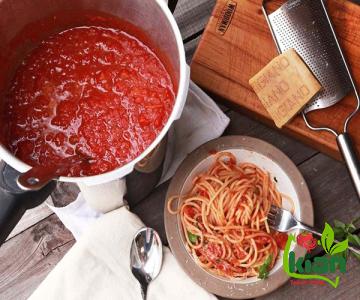 2. Harvesting Maturity: Tomatoes harvested late in the season tend to have higher levels of natural sugars, resulting in a sweeter taste. Conversely, unripe tomatoes, picked early, can offer a more acidic and bitter profile. Careful selection and timing of the harvest are crucial for achieving well-balanced tomato paste. 3. Processing Methods: The manufacturing process of tomato paste often involves removing the tomato seeds, skin, and excess water to obtain a concentrated product. However, if the tomatoes used were overripe or if the seeds and skin were not properly removed, it can contribute to a more bitter taste in the final product. The Impact on Culinary Creations: Tomato paste is a staple ingredient in various dishes, including soups, stews, sauces, and braises.
2. Harvesting Maturity: Tomatoes harvested late in the season tend to have higher levels of natural sugars, resulting in a sweeter taste. Conversely, unripe tomatoes, picked early, can offer a more acidic and bitter profile. Careful selection and timing of the harvest are crucial for achieving well-balanced tomato paste. 3. Processing Methods: The manufacturing process of tomato paste often involves removing the tomato seeds, skin, and excess water to obtain a concentrated product. However, if the tomatoes used were overripe or if the seeds and skin were not properly removed, it can contribute to a more bitter taste in the final product. The Impact on Culinary Creations: Tomato paste is a staple ingredient in various dishes, including soups, stews, sauces, and braises.
..
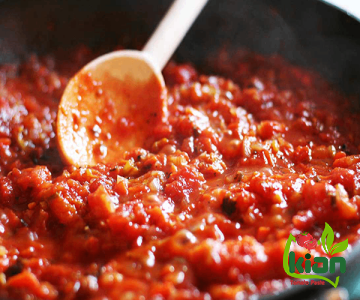 The bitterness of tomato paste can overpower the other flavors in a recipe, leaving an unpleasant aftertaste. Chefs and home cooks rely on the natural acidity and umami of tomato paste to enhance their dishes, so a bitter profile can disrupt the delicate balance of flavors. Solutions for Addressing Bitterness: 1. Selecting the Right Tomatoes: Opt for sweeter and less acidic tomato varieties when making homemade tomato paste. Roma or San Marzano tomatoes are excellent choices known for their balanced flavor profile. 2. Ripeness Matters: Ensure that tomatoes used for making tomato paste are perfectly ripe, not under- or overripe. Balancing the natural sugars and acidity contributes to a more palatable result. 3. Proper Processing Techniques: Implementing careful processing techniques is crucial. Seed and peel removal is vital to avoid introducing bitterness from these parts of the tomato. Additionally, using high-quality tomatoes and monitoring temperature during the cooking process can help in achieving a less bitter taste.
The bitterness of tomato paste can overpower the other flavors in a recipe, leaving an unpleasant aftertaste. Chefs and home cooks rely on the natural acidity and umami of tomato paste to enhance their dishes, so a bitter profile can disrupt the delicate balance of flavors. Solutions for Addressing Bitterness: 1. Selecting the Right Tomatoes: Opt for sweeter and less acidic tomato varieties when making homemade tomato paste. Roma or San Marzano tomatoes are excellent choices known for their balanced flavor profile. 2. Ripeness Matters: Ensure that tomatoes used for making tomato paste are perfectly ripe, not under- or overripe. Balancing the natural sugars and acidity contributes to a more palatable result. 3. Proper Processing Techniques: Implementing careful processing techniques is crucial. Seed and peel removal is vital to avoid introducing bitterness from these parts of the tomato. Additionally, using high-quality tomatoes and monitoring temperature during the cooking process can help in achieving a less bitter taste.
…
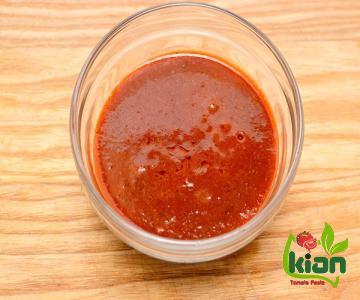 4. Adding Sweeteners: If tomato paste remains bitter despite best efforts, small quantities of natural sweeteners, such as sugar, honey, or grated carrots, can be added to counterbalance the bitterness. However, caution must be exercised to maintain the desired flavor profile of the dish. Conclusion: The issue of tomato paste too bitter can be overcome by understanding the factors that contribute to its taste profile and implementing appropriate measures. Tomatoes with lower acidity, proper ripeness, and careful processing techniques are fundamental to creating a non-bitter tomato paste. By following these guidelines, chefs and home cooks can ensure their culinary creations remain flavorful and delicious.
4. Adding Sweeteners: If tomato paste remains bitter despite best efforts, small quantities of natural sweeteners, such as sugar, honey, or grated carrots, can be added to counterbalance the bitterness. However, caution must be exercised to maintain the desired flavor profile of the dish. Conclusion: The issue of tomato paste too bitter can be overcome by understanding the factors that contribute to its taste profile and implementing appropriate measures. Tomatoes with lower acidity, proper ripeness, and careful processing techniques are fundamental to creating a non-bitter tomato paste. By following these guidelines, chefs and home cooks can ensure their culinary creations remain flavorful and delicious.



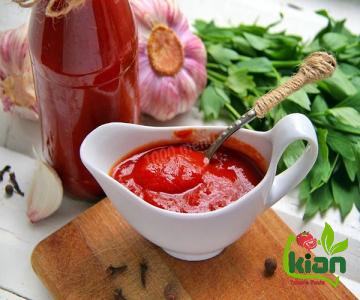
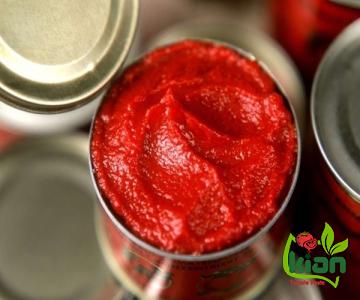
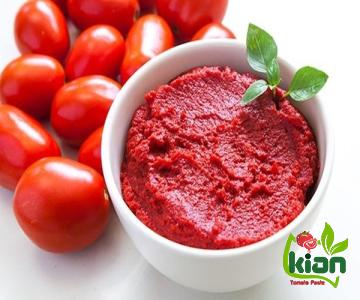
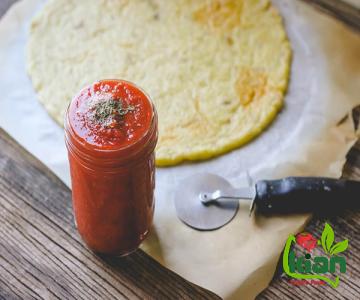


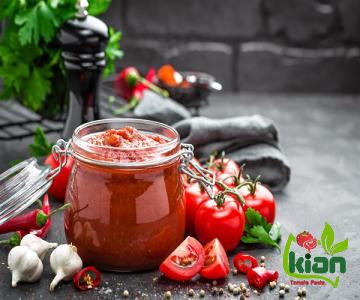

Your comment submitted.